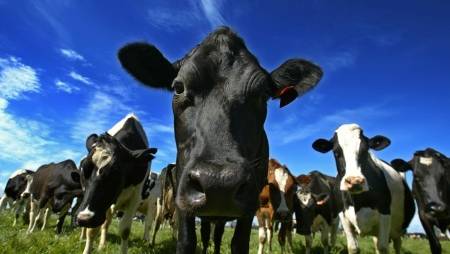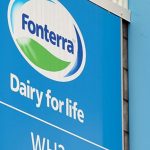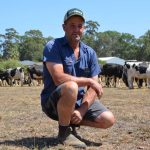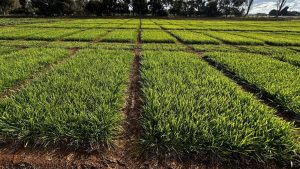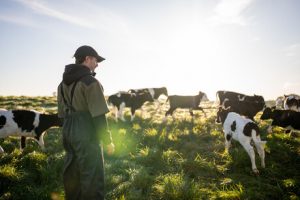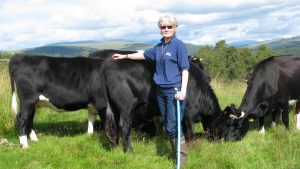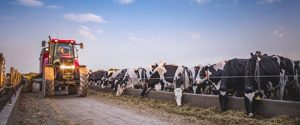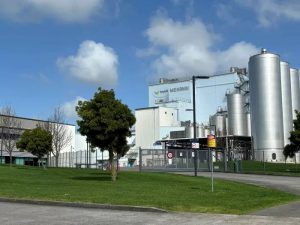
But that’s unlikely to translate into increased production in Australia, as wet conditions have created challenges, according to Dairy Australia’s Dairy Situation and Outlook December update released on Wednesday.
The report paints a buoyant picture for the industry with most indicators sitting at either positive or neutral.
The only major negative is for the global economy, with the report citing the International Monetary Fund’s downgraded economic growth forecast for 2021.
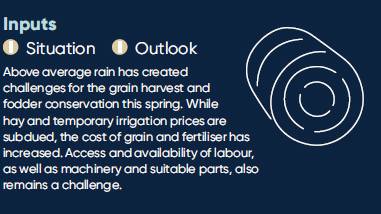
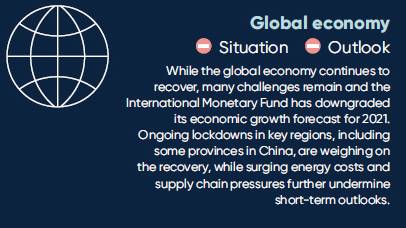
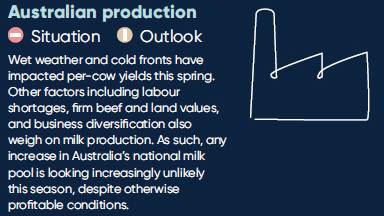
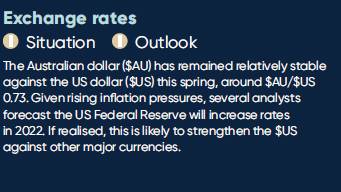
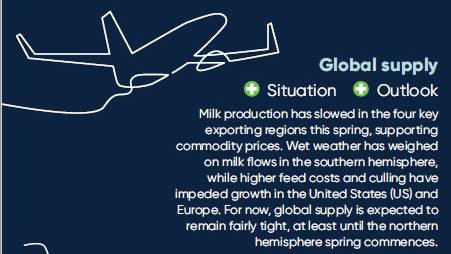
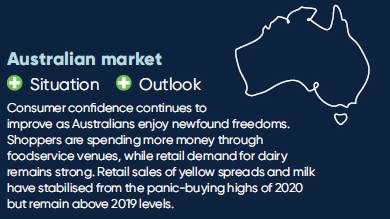

Dairy Australia senior industry analyst Sofia Omstedt said the momentum from last season’s close-to-record farm profitability levels looked set to continue.
“Last year proved to be one of the most profitable in recent times,” she said.
The Dairy Farm Monitor Project showed the highest average returns for 2020/21 in most regions since 2013/14.
The report warns increases in some critical input costs will create challenges for farmers to maintain these profitability levels, despite generally higher farmgate milk and cattle prices.
“With higher input and output prices, farmers will be giving careful consideration to input levels in trying to maximise returns,” it said.
“This is a complex balance as care needs to be given so that cutting inputs does not reduce income by more than the costs saved.
“For some farmers, the most profitable settings will mean lower milk production.”
But the report says as long as seasonal conditions remain favourable, returns on most farms should be similar to 2020/21.
Global dairy market outlook positive
The report says the global dairy market outlook is promising, with commodity prices continuing to rise.
Global demand has improved while supply is tight.
Ms Omstedt said milk production had slowed in the main exporting regions this spring, underpinning commodity prices, while freight remained a challenge, prompting some importers to buy more products to shore up supply.
Global supply was expected to remain fairly tight, at least until the northern hemisphere spring.
Global demand for dairy had improved as more countries re-emerged from lockdowns.
But the report warns that there are still many challenges to global economic recovery.
“Ongoing lockdowns in key regions, including some provinces in China, are weighing on the recovery, while surging energy costs and supply chain pressures further undermine short-term outlooks,” the report says.
Post-lockdown boost to Australian markets
Ms Omstedt said the domestic market was buoyed by consumers taking advantage of newfound freedoms as COVID-19 restrictions eased.
“Retail sales of yellow spreads and milk have stabilised from the panic-buying highs of 2020 but remain above 2019 levels and shoppers are also spending more money through foodservice venues,” she said.
Challenging seasonal conditions a dampener
Despite the positive outlook and high prices, Australia’s milk pool is tipped to shrink marginally this year.
The report says local analysts are forecasting a 0.2 per cent drop.
The latest figures from Dairy Australia show milk production fell 2.1pc in October on the previous year, while while year-to-date production was down 2.9pc.
Milk production year-to-date is down in all states, except NSW, showing the impact of the wet start to the season in southern regions.
“Wet weather and cold fronts have impacted per-cow yields this spring,” the report says.
“Other factors including labour shortages, firm beef and land values, and business diversification also weigh on milk production.”
The report says wet and cold weather present a challenge to growth, while ongoing farm exits and culling continue to weigh on the rebuild of the national herd.
“During a season with otherwise profitable conditions, it is important to distinguish between a stagnant milk pool and overall farm business health,” it says.
The full report is available at www.dairyaustralia.com.au/sando.
